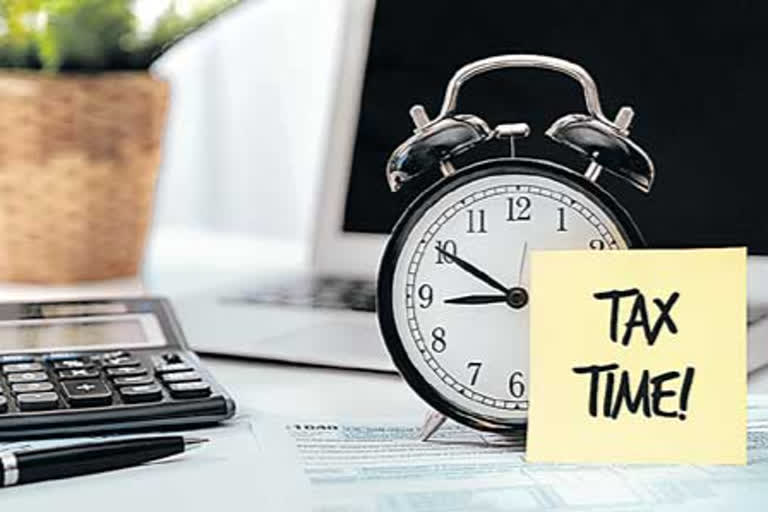Hyderabad: Taxpayers can lessen their burden by investing their money in tax-saving schemes, which are offered by the government and private organisations. They should chalk out suitable plans to reduce the income tax burden. They should ponder how much to invest in tax exemption schemes. However, tax exemption should not be the only objective while investing. It should also meet our needs in the future. Let's find out where to invest and how much to shorten our burden by investing wisely.
Diverting our entire surplus into tax-saving schemes will not be of much use. For example, suppose you have Rs 5 lakhs for investment. These can be invested in schemes under Section 80C. But under this Section, a maximum deduction of Rs 1,50,000 is allowed. Therefore, you should keep this in view while investing. Employees have an Employment Provident Fund (EPF). So, check how much you are paying for this and then divert the required amount to tax-saving schemes. These include PPF, ELSS, Tax Saving Fixed Deposits, Life Insurance Premium, Senior Citizen Savings Scheme and National Savings Certificates. Section 80C limit of Rs 1,50,000 can be invested in these. Except for ELSS, all others are secured schemes.
Also read: IT tips: Don't wait till last minute, opt for tax-saving schemes now
Those in the younger age group can look into Equity-Based Savings Schemes (ELSS) for tax savings. These have a lock-in period of three years. These are suitable for those with high loss tolerance. Those in middle age should allocate some amount to ELSS and invest the rest in safe schemes. An additional tax deduction is available by investing up to Rs 50,000 in NPS. Those whose surplus amount is high and are in the tax bracket above 25-30 per cent should look into it.
Those who are close to retirement should invest 60 per cent of the amount allocated for investment in safe schemes. Like Depositing in EPF is safe. So, all this should be considered while deciding the investment amount. Not only tax savings, but also a suitable plan for achieving future financial goals should be kept in mind while investing. Although high return schemes do not have tax benefits, they contribute to the growth of investment in the long run, disclosed Vikas Singhania, CEO, TradeSmart.



